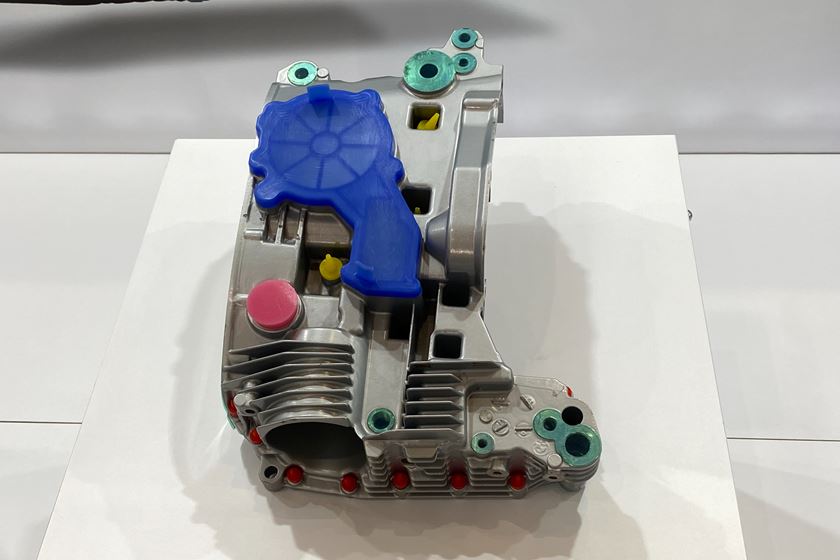SUR/FIN Session to Focus on PFAS, Chromium Plating and Automotive Supply Chain
Experts from the surface finishing industry, representatives from several automotive OEMs, and government officials will be part of a technical session at SUR/FIN on June 7, 2022 that will focus on the barriers and incentives associated with chromium plating in the automotive supply chain.
#nasf #regulation #surfin
A SUR/FIN technical session focused on the challenges posed by PFAS, chromium plating and the automotive supply chain will be held on June 7, 2022 from 3:30 to 5:00 PM. Following the afternoon keynote by Kim Tress from Stellantis and the Blum Lecture by Dr. Jude Runge, EPA’s Dr. Phillip Flanders will give an update on EPA’s development of PFAS standards for wastewater discharges from surface finishing facilities.
The session will end will a panel discussion including EPA officials, representatives of NASF supplier members, automotive OEMs, and job shops. The discussion will focus on barriers and incentives to the use of trivalent chromium processes in the automotive supply chain and the co-benefit of reducing the use of PFAS fume suppressants. For more details on this critical technical session, consult the SUR/FIN agenda or contact Christian Richter with NASF at crichter@thepolicygroup.com.
This update is courtesy of the National Association for Surface Finishing (NASF). For more information or to become a member, visit nasf.org.
RELATED CONTENT
-
Electroplated Tin-Nickel Coatings as a Replacement for Nickel to Eliminate Nickel Dermatitis
This paper is a peer-reviewed and edited version of a paper delivered at NASF SUR/FIN 2013 in Rosemont, Ill., on June 12, 2013.
-
A Process for Alkaline Non-cyanide Silver Plating for Direct Plating on Copper, Copper Alloys and Nickel Without a Silver Strike Bath
Traditionally, silver is electroplated in toxic, cyanide-based chemistry. Due to cyanide’s extreme hazard to human health and environments, developing non-cyanide silver chemistry is essential for the silver electroplating industry. Discussed here is an aqueous, alkaline non-cyanide silver plating technology, which can be directly plated over nickel as well as copper and its alloys. The silver deposits have perfect white color and better anti-tarnishing properties than other non-cyanide silver processes. The silver is plated entirely from the dissolving silver anode and the bath is very stable, and maintains a stable pH level both during plating and idle time. This new non-cyanide silver technology will plate bright silver that is perfectly suitable for electronic, industrial and decorative applications. .
-
Qualitative Approach to Pulse Plating
In 1986, the AESF published Theory and Practice of Pulse Plating, edited by Jean Claude Puippe and Frank Leaman, the world’s first textbook on pulse plating. A compendium of chapters written by experts in this then-emerging field, the book quickly became the authoritative text in pulse plating. What follows here is the opening chapter, serving as an introduction to the field. Although the field has grown immensely in the intervening 35 years, the reader will find that the material remains a valuable introduction to those looking to advance the field of pulse plating.















